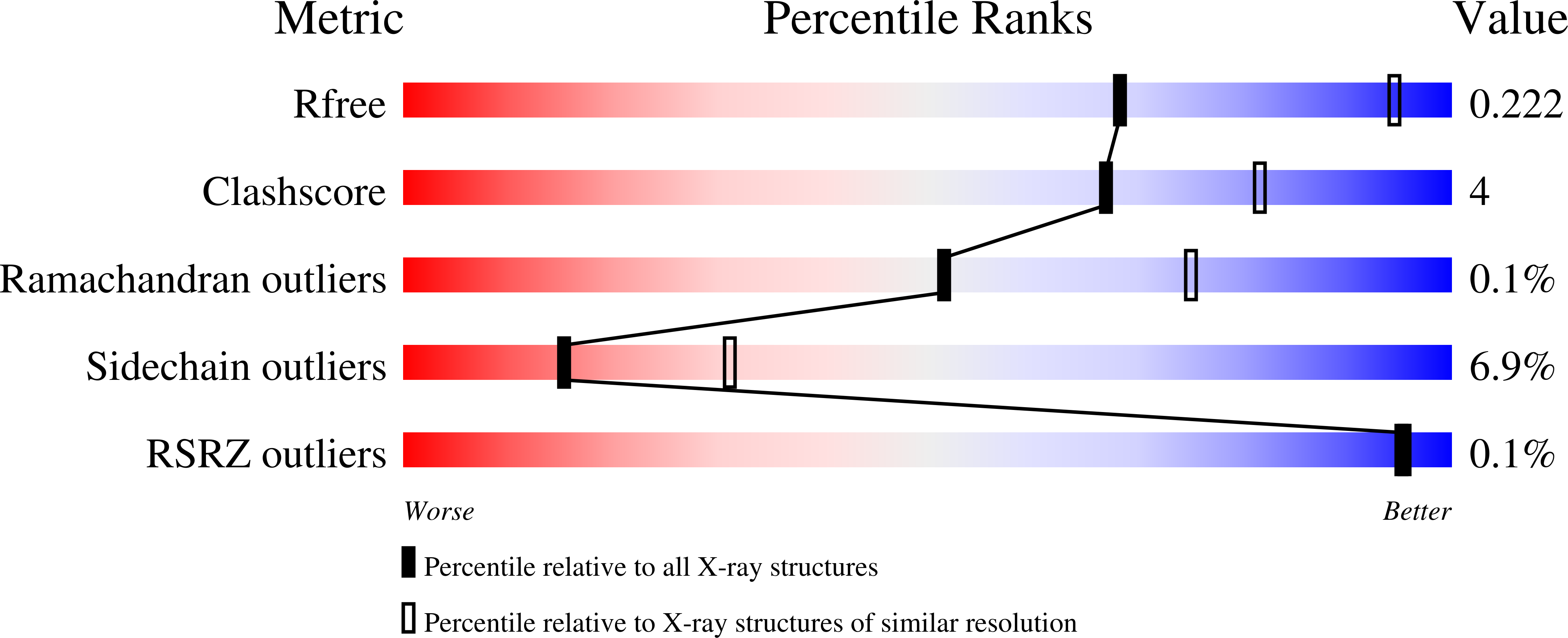
Deposition Date
2018-04-08
Release Date
2019-04-17
Last Version Date
2024-10-16
Entry Detail
PDB ID:
6G8H
Keywords:
Title:
Flavonoid-responsive Regulator FrrA in complex with (R,S)-Naringenin
Biological Source:
Source Organism:
Host Organism:
Method Details:
Experimental Method:
Resolution:
2.60 Å
R-Value Free:
0.21
R-Value Work:
0.18
Space Group:
P 43


